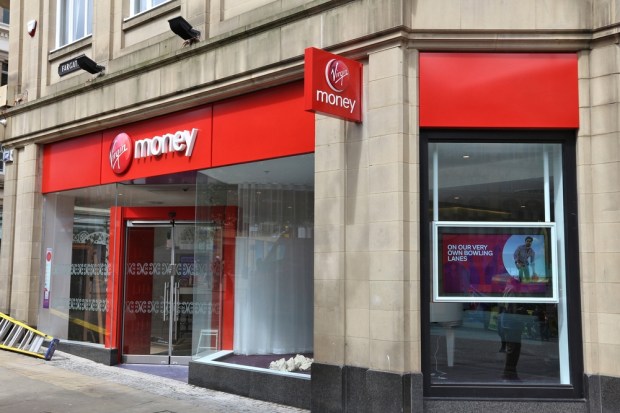Virgin Money Releases Details On SMB Bank Venture Costs

Virgin Money spent more than $53 million last year building up its banking solution, which the company plans to launch for small businesses (SMBs) in the U.K., reports this week said.
The firm’s earnings results, which were released on Tuesday (Feb. 27), showed Virgin Money’s expenses to launch itself as a challenger bank following the rollout of PSD2 and Open Banking in the U.K.
“The Virgin Money digital bank will be underpinned by next-generation technology and architecture, offering customers a Universal Account that can be personalized to create a unique proposition tailored to individual needs,” the company said in a statement. “In addition to our current presence in the mortgage, credit card and retail deposit markets, the digital bank will allow us to expand into the current account and linked primary savings markets.”
According to a press release, Virgin Money is aiming for its digital SMB banking solution to go live in the second half of this year.
“Broadening our customer appeal through the development of our SME and digital bank propositions will provide access to a wider pool of U.K. retail banking revenues and further diversify our funding base,” said Virgin Money Chief Jayne-Anne Gadhia in another statement.
Reports in The Financial Times said Virgin Money’s 2017 earnings beat analyst estimates, thanks to lower-than-expected costs and higher profits. The company posted a 28.1 percent increase in profits, which hit $379.9 million for the year.
Virgin Money revealed plans to develop its small business banking service after several years of toying with the idea. Reports last November in The Financial Times said Virgin Money confirmed its “journey into SME banking” through the launch of a small business current account, with plans to expand the offering throughout 2018.
At the time, Gadhia said the current account would “enable us to start developing relationships with business customers and lay the foundations for potential broader future development in this attractive, but poorly served, market.”
